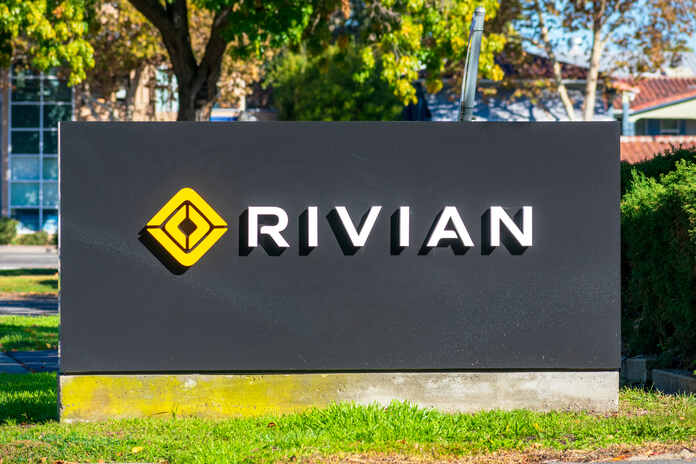In a shifting landscape for electric vehicle (EV) companies, Rivian‘s stock (NASDAQ:RIVN) performance prompts a closer look at its prospects in the industry. The glory days for startup EV companies between 2020 and 2021 have given way to a more challenging environment in 2023. The sector is grappling with execution issues, and established players, including Tesla, are contending with excess capacity due to a shift in consumer demand. Rivian Automotive (NASDAQ:RIVN), however, stands out amidst this turbulence, demonstrating resilience and financial strength that sets it apart from its peers.
Navigating Turmoil: Rivian’s Unique Position
While the broader EV industry is facing a period of uncertainty, Rivian distinguishes itself with a robust execution strategy. Unlike competitors such as Lucid Motors, Polestar, and Fisker, as well as traditional automakers like Ford and General Motors, Rivian has showcased a more measured approach to production. Even in an era where electric cars are not flying off the lots as anticipated, Rivian has proven its mettle in the short term and possesses the financial stability to sustain its operations until at least 2025.
2023 Market Share and Future Projections
Looking ahead to Rivian’s aspirations, CEO R.J. Scaringe set an ambitious goal during the Wolfe Research conference in February 2022 – a 10% EV market share by 2030. As of Q3 2023, Cox Automotive estimates Rivian’s share of the U.S. EV market at 5%, making it a significant player alongside industry leaders. However, Tesla dominates with a 50% market share, followed by Ford at 6.7% and Hyundai at 6.3%. Rivian’s progress is noteworthy, considering the U.S. electric car market accounts for less than 10% of total car sales.
Rivian’s Strategic Moves: Building for the Future
Rivian’s commitment to growth is evident in its expansion plans. Currently operating a plant in Illinois with a capacity set to increase from 150,000 to 200,000 units, the company is constructing a new facility in Georgia. With an initial capacity of 200,000 vehicles, Rivian aims to reach 400,000 units by 2030. While pre-IPO plans included multiple assembly plants worldwide, the industry’s evolving landscape has led some companies, like Lucid Motors, to revise their production projections.
Key Success Factors: Can Rivian Go Beyond Survival?
Surviving and thriving in the fiercely competitive EV market demands several critical factors. Rivian appears well-positioned with a strong product offering, positive brand recognition, ample financial resources, and a credible management team. In contrast to instances of overhyping and misconduct by other EV leaders, Rivian stands out for delivering on promises and maintaining financial stability. While it’s still early days, Rivian’s trajectory seems promising, especially with the upcoming R2 series, positioned as more affordable and mass-market compared to the current R1 models.
As the EV industry continues to evolve, Rivian’s early successes suggest it may indeed make a significant mark, competing not only with fellow startups but also with established giants like Tesla.
Featured Image: Megapixl















